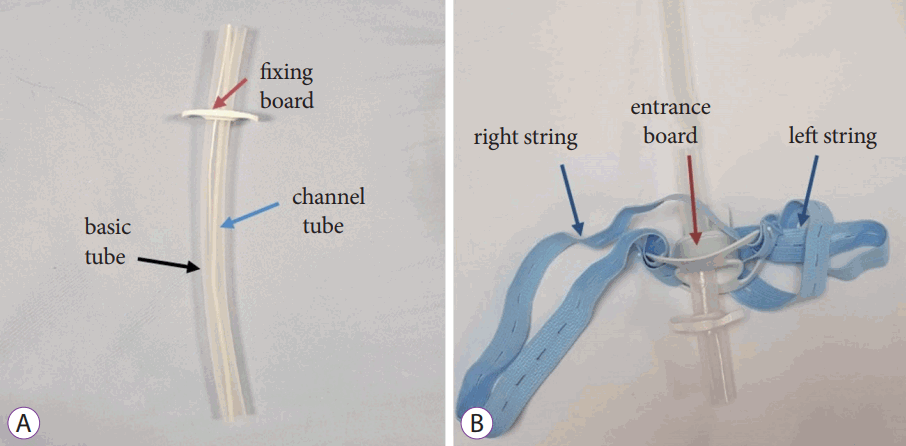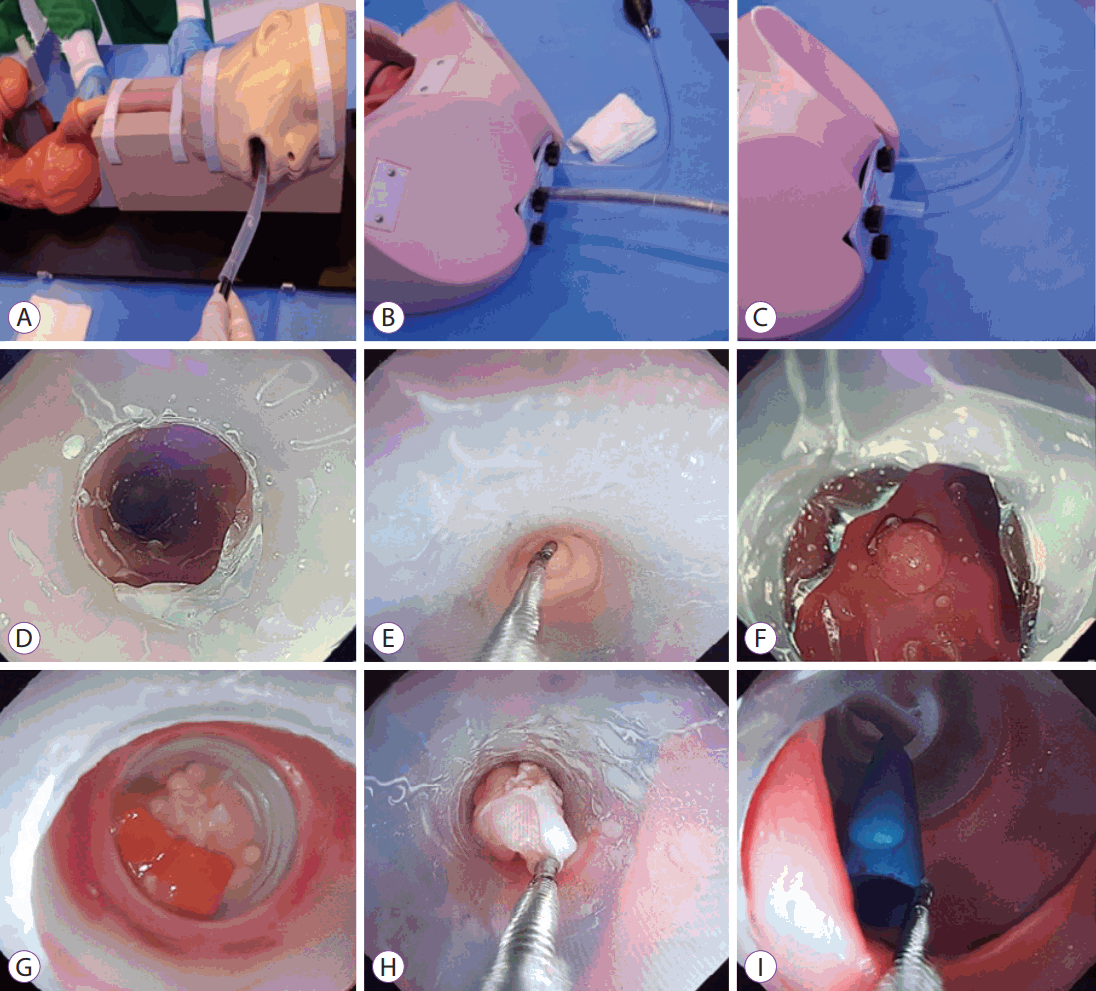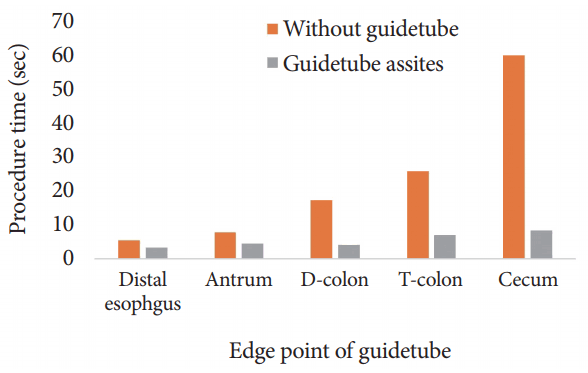1. Birk M, Bauerfeind P, Deprez PH, et al. Removal of foreign bodies in the upper gastrointestinal tract in adults: European Society of Gastrointestinal Endoscopy (ESGE) clinical guideline. Endoscopy. 2016; 48:489–496.

2. Hong S, Suh M, Choi KS, et al. Guideline adherence to colonoscopic surveillance intervals after polypectomy in Korea: results from a nationwide survey. Gut Liver. 2018; 12:426–432.

3. Uraoka T, Saito Y, Matsuda T, et al. Endoscopic indications for endoscopic mucosal resection of laterally spreading tumours in the colorectum. Gut. 2006; 55:1592–1597.

4. Wedi E, Orlandini B, Gromski M, et al. Full-thickness resection device for complex colorectal lesions in high-risk patients as a last-resort endoscopic treatment: initial clinical experience and review of the current literature. Clin Endosc. 2018; 51:103–108.

5. Winawer SJ, Zauber AG, Ho MN, et al. Prevention of colorectal cancer by colonoscopic polypectomy. The National Polyp Study Workgroup. N Engl J Med. 1993; 329:1977–1981.
6. Klein A, Bourke MJ. Advanced polypectomy and resection techniques. Gastrointest Endosc Clin N Am. 2015; 25:303–333.

7. Lee SP, Sung IK, Kim JH, Lee SY, Park HS, Shim CS. Risk factors for incomplete polyp resection during colonoscopic polypectomy. Gut Liver. 2015; 9:66–72.

8. Goldschmiedt M, Haber G, Kandel G, Kortan P, Marcon N. A safety maneuver for placing overtubes during endoscopic variceal ligation. Gastrointest Endosc. 1992; 38:399–400.

9. Hawari R, Pasricha PJ. Going for the loop: a unique overtube for the difficult colonoscopy. J Clin Gastroenterol. 2007; 41:138–140.
10. Raju GS, Pasricha PJ. ShapeLock: a rapid access port for redeployment of a colonoscope into the proximal colon to facilitate multiple polypectomies in a single session. Gastrointest Endosc. 2005; 61:768–770.

11. Shin JS, Sheu BS, Lin XZ, Chen CY, Leow TC. Longitudinal linear-incised overtube for endoscopic removal of larger ingested foreign bodies. Gastrointest Endosc. 1995; 41:618.

12. ASGE Technology Committee, Tierney WM, Adler DG, et al. Overtube use in gastrointestinal endoscopy. Gastrointest Endosc. 2009; 70:828–834.
13. Berkelhammer C, Madhav G, Lyon S, Roberts J. “Pinch” injury during overtube placement in upper endoscopy. Gastrointest Endosc. 1993; 39:186–188.

14. Dinning JP, Jaffe PE. Delayed presentation of esophageal perforation as a result of overtube placement. J Clin Gastroenterol. 1997; 24:250–252.

15. el-Newihi HM, Mihas AA. Esophageal perforation as a complication of endoscopic overtube insertion. Am J Gastroenterol. 1994; 89:953–954.
16. Groenen MJ, Moreels TG, Orlent H, Haringsma J, Kuipers EJ. Acute pancreatitis after double-balloon enteroscopy: an old pathogenetic theory revisited as a result of using a new endoscopic tool. Endoscopy. 2006; 38:82–85.

17. Holderman WH, Etzkorn KP, Patel SA, Harig JM, Watkins JL. Endoscopic findings and overtube-related complications associated with esophageal variceal ligation. J Clin Gastroenterol. 1995; 21:91–94.

18. Jeffries MA, Scheiman JM. Overtube separation. Gastrointest Endosc. 1998; 47:435–436.
19. Levy R, Kaur S, Uzer M. Separation of an overtube from the bite block during band ligation of esophageal varices. Gastrointest Endosc. 1997; 46:66–68.








 PDF
PDF Citation
Citation Print
Print



 XML Download
XML Download